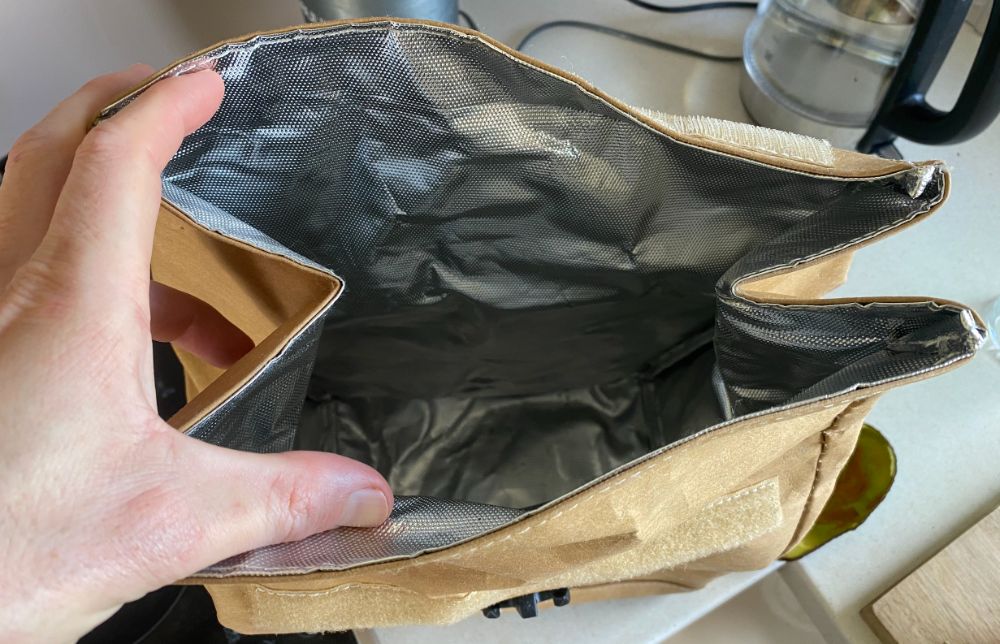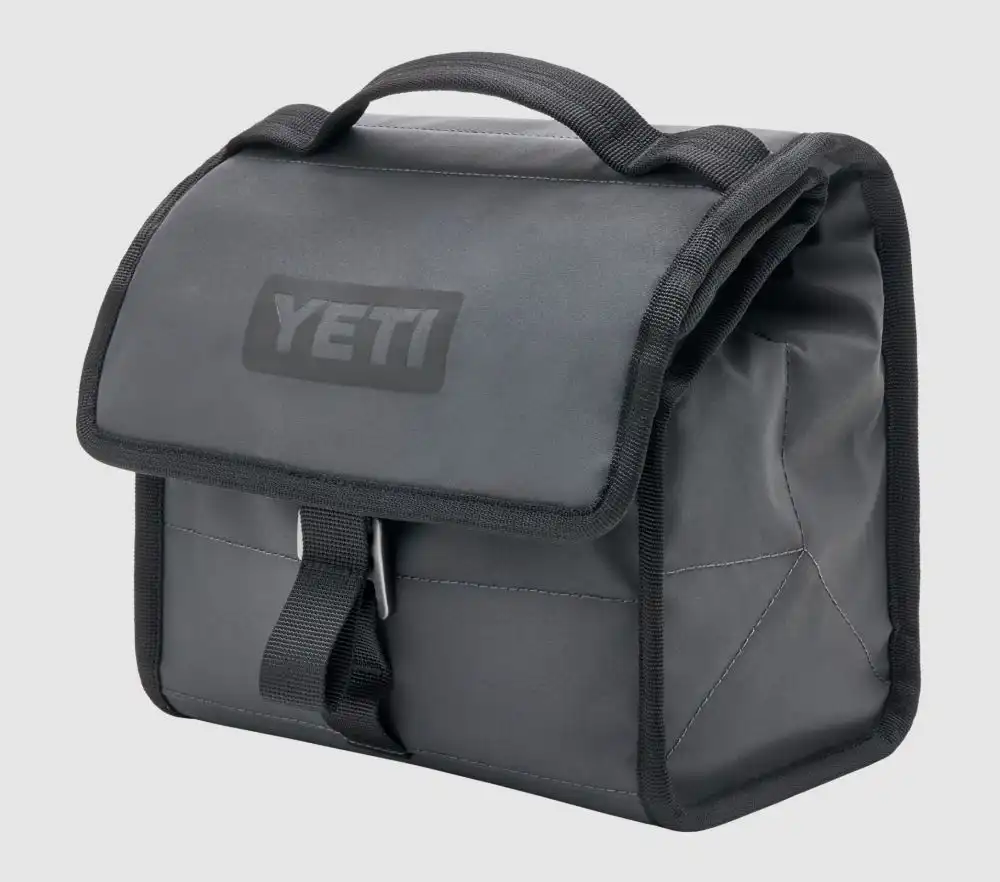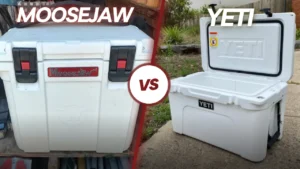If you have ever used an insulated lunch bag, you may have marveled at how these small bags can keep your food cool or hot. This is thanks to the specific type of materials that are used to trap heat and stop it getting in and out.
Insulated lunch bags are usually made of a thick aluminum foil or PEVA vinyl liner that stops heats radiation from passing through it. This is paired with foam or a thick fabric or cardboard exterior to further insulate from heat. Lunch bags usually have velcro, magnets or zippers to seal the bag at the top.
By understanding exactly how insulated lunch bags work you can know which bags will work well and why and how to maximize how long items stay cold for in your lunch bag.
What Insulated Lunch Bags Are Made Of
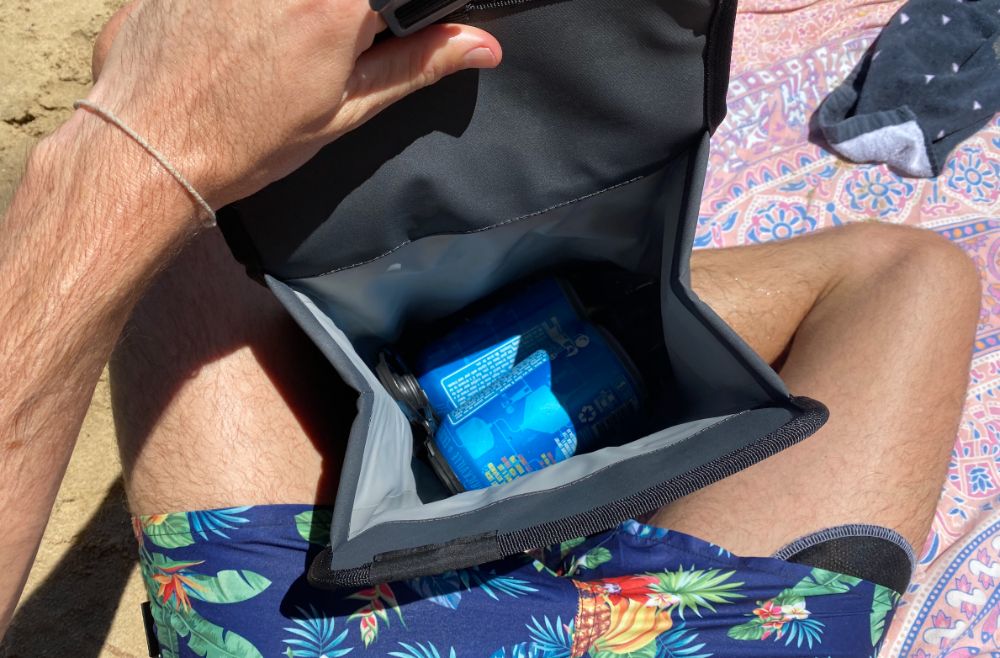
Insulated lunch bags can be made up of a number of different materials depending on the brand and model, but most lunch bags are made using PEVA lining, polyurethane foam lining, or aluminum foil insulation layers.
Most insulated lunch bags use a combination of these materials to get the most out of the cooler's insulation.
Typically, an insulated lunch bag will have a reflective layer made from aluminum. Aluminum is an excellent way of reflecting thermal heat and keeping food cool. However, this reflective layer by itself is not enough to keep everything cold for long.
So a second layer is added that usually made from a foam lining.
This foam lining is made up of millions of tiny micro-bubbles of air that prevent heat from getting in and the cool from leaving. This foam layer encases the entire lunch bag to insulated from heat and it also serves as a form of cushioning from damage.
Occasionally thick fabric or cardboard is used instead of foam as these are cheap materials that can insulated against heat.
The thicker the foam is and the higher quality the foam is the better it will insulated against the heat and the longer your lunch will stay cold or hot for inside your insulated lunch bag.
Expensive lunch bags with thick foam like the Yeti DayTrip can keep ice frozen for up to 24 hours, whereas cheaper lunch bags with thinner and cheaper foam layers might only keep ice for 3-6 hours in warmer weather.
The Yeti DayTrip Lunch Bag is THE BEST lunch bag on the market (no question about it).
It's sized for personal food but features thick insulation that will keep ice for up to a full day. It expands to fit all your lunch and folds down to a super compact size for easy storage. An expensive lunch bag, but well worth it's price tag
The lunch bag will have some kind of method for closing the bag to keep the outside air out of the cooler. This could either be in the form of zippers, magnets, or a velcro strap.
How Do They Work To Keep The Heat Out?
Ever wondered exactly how insulated lunch bags work keep the heat out?
It all comes down to the layers of insulation. The thicker and more layers there are, the better the lunch bag can keep the contents cool.
Heat moves through objects in 3 ways and insulated lunch bags work to stop heat transfer in all 3 ways.
- Convection
- Conduction
- Radiation
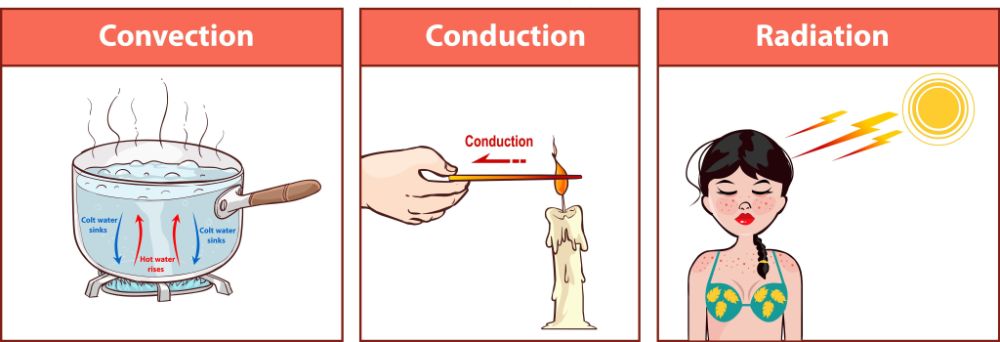
Convection is the movement of particles – like hot water moving through a bath or hot air being blown at you by a fan heater. Insulated lunch boxes stop warm airflow by being completely enclosed.
Conduction is the movement of heat through a material – thick foam or cardboard insulation stops heat moving through it easily. This is the main way heat warms up your lunch and the thicker the insulation the better your lunch bag will work.
Radiation is the electromagnetic waves of heat that can move through items and even travel through a vacuum – Aluminum reflects most heat radiation and so this is used in insulated lunch boxes to reflect heat away from your food.
So the next time you are shopping for an insulated lunch bag, be sure to feel how thick the insulating layers of the lunch bag are and whether or not they have a foil liner.
The core layer of foam, the one made of micro-bubbles, does the bulk of the hard work as the inner and reflective layers rely on the core foam layer to prevent any heat from entering the cooler.
The reflective layer doesn't just work to keep the food cool, but it can also help keep the food warm by reflecting heat back at your hot food and stopping heat from escaping the bag.
If you want to learn more about how insulated lunch bags work, check out my article on how do insulated bags work to keep food hot/cold.
How Long Do Insulated Lunch Bags Keep Food Cold For?
Generally, an insulated lunch bag will keep your food cold for around 2-3 hours if you add an ice pack. Different factors can influence time. For example, it helps to put food that has already been chilled or frozen inside the lunch bag.
The size of the bag, how you fill the bag, and what brand you use will also affect how long your food will stay cold.
High end lunch bags can keep ice for up to 24 hours but even with the best insulated lunch bags you food is still only likely to stay extremely cold for 4-8 hours.
Keep Your Food Cooler For Longer in Your Insulated Lunch Bag
There are some things you can do to help beef up the insulation of your lunch bag.
Use Ice Packs
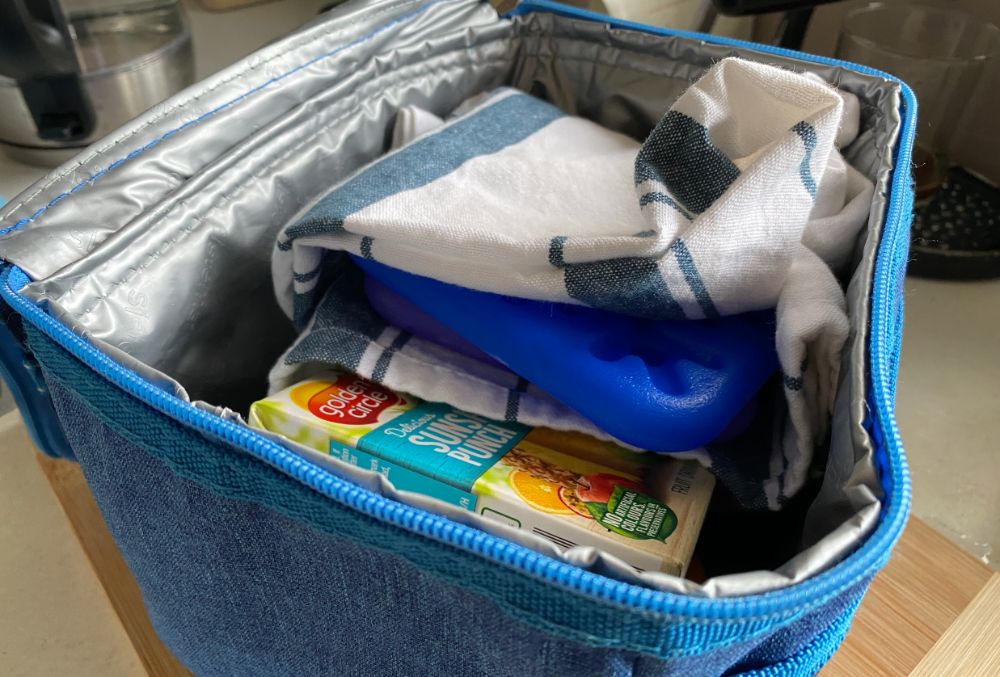
Adding ice packs to your lunch bag, if you have space, is a great way to ensure your food stays much cooler for longer in your lunch bag. You can add as many as you desire and as many as the bag can fit.
The more ice packs you use the longer everything will stay cold. Where you put your ice packs matters too. Learn exactly where to put ice packs in your lunch bag.
A fantastic hack you can use is to make your own ice pack by freezing a bottle of water. This way, you’re creating a source of ice as well as giving yourself something cold to drink.
Check out my article on how to make your own DIY ice packs for more ideas.
Location
Location really is everything!
How you pack your contents in the lunch bag can make a big difference in the duration that the food stays cool.
For example, if you live in a very hot environment, you may want to place an ice pack on the bottom of the bag and one on the top to keep all the food cold.
If you want the ice to last longer, place the ice down the center of the lunch bag and pack your food around the ice pack.
Wrap The Ice Packs
If you can spare the space, a good way of making your ice last longer and your lunch bag cooler is to wrap the ice pack in a towel.
The towel is a great insulator, preventing the ice from thawing too quickly.
To learn more about ice packs in your lunch bag, you can read my article on the 7 ways to make ice packs last longer in a lunch bag.
Pack Food That Has Been Pre-Chilled
To really help your lunch bag keep food cool, it is a good idea to leave your food stored in the fridge or freezer before you pack it into the lunch bag.
Some people do like to put the packed lunch bag into the fridge, and this is fine but note that you’re not cooling the lunch bag per se. You’re only cooling the food that is in the lunch bag.
Don’t Open the Lunch Bag Unnecessarily
This may not seem like a big deal, but you would be surprised at how much warm air you are letting inside your cooler every time you open the lunch bag.
As tempting as it is to sneak a peek at what you’ve got for lunch, resist the urge to open the cooler unnecessarily.
Keep Your Food Cool With These Other Hacks
Now that you know exactly what insulated lunch bags are made of and how they work to keep your food cold, check out these other handy hacks to keep your sandwiches cold for lunchtime.

